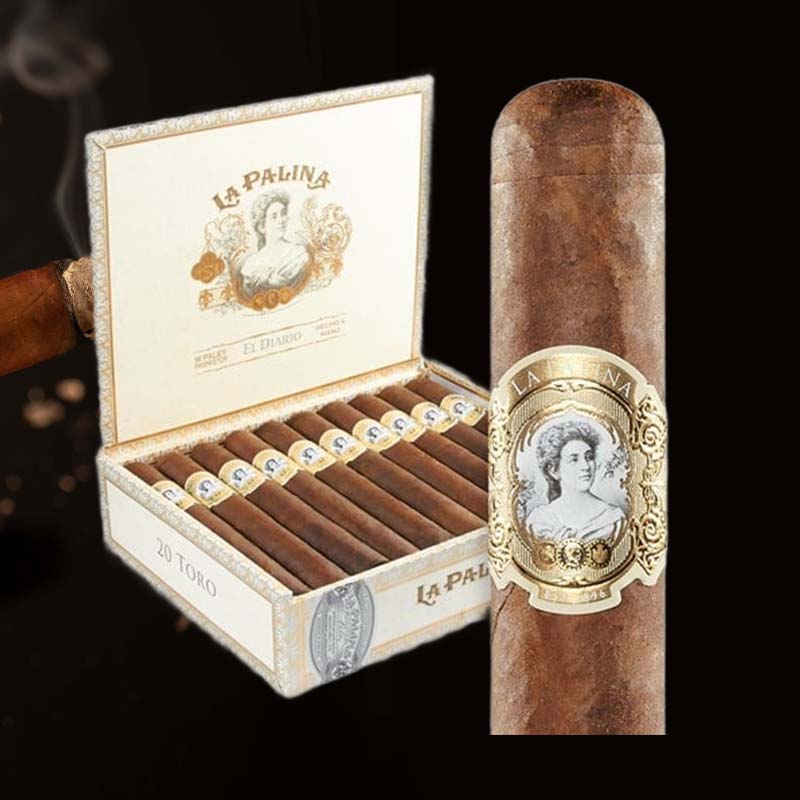How to fix a torch that won't ligh
How to Fix a Torch that Won’t Light
Introduction: Fixing That Torch You Love
There’s nothing quite as frustrating as reaching for your trusty torch, only to find it refusing to light. Whether it’s for lighting a cigar, starting up a grill, or sparking creativity on a camping adventure, my torch has always been my reliable companion. In this article, I’ll walk you through the steps I take to troubleshoot and fix a torch that won’t light, ensuring I can get back to enjoying those moments.
Step 1: Gather the Necessary Tools
Essential Tools and Materials
Before diving into the repair, I make sure I have all the tools ready. Here’s what I typically gather:
- Flathead screwdriver
- Butane fuel
- Cotton swabs or a soft brush
- Replacement flint
- Compressed air canister (optional)
Step 2: Diagnose the Problem
Common Symptoms of a Torch That Won’t Light
Understanding the symptoms can help narrow down the issue. Here are the common problems I look for:
- No flame when I press the ignition
- Flame is inconsistent
- Hissing sounds present
- Fuel leak evident
Step 3: Check the Fuel Level
Identifying Empty or Low Fuel
The first thing I do is check the fuel level. A torch needs sufficient butane to function properly. If it’s low or empty, simply refill it using quality butane. I often remember to turn off the torch and let it cool down before refueling!
Step 4: Inspect the Ignition System
Understanding Manual vs. Automatic Ignition
Next, I examine the ignition system. Is it manual or automatic? With manual ignitions, I check if the mechanism is sticking or requires adjustment. For automatic ones, I ensure the button is functioning correctly. If it’s not igniting, it might be time for a deeper investigation.
Step 5: Clean the Torch Lighter
Tips for Removing Clogs and Debris
A clean torch is a happy torch! I use cotton swabs or a soft brush to remove any debris or clogs. If the torch has food residues on it from barbecuing, this can directly affect its operation.
Step 6: Examine the Flint
When and How to Replace Flint
If my torch sparks but doesn’t ignite, it’s time to check the flint. If it’s worn down, I replace it by following these steps:
- Turn off the torch and remove the top cover.
- Replace the old flint with a new one.
- Reassemble the torch carefully.
Step 7: Adjust Flame Height Settings
Troubleshooting Flame Adjustment Knobs
Sometimes, adjusting the flame height can solve issues. I examine the flame adjustment knob and ensure it’s set to the appropriate height. A flame too low may not ignite properly, while one that’s too high can lead to instability.
Step 8: Check for Hissing Sounds
Identifying Leaks in the Fuel System
If I hear hissing sounds, that’s often a sign of a fuel leak. I carefully inspect hoses, connections, and seals for signs of damage or wear. Addressing leaks is crucial for safe torch operation.
Step 9: Bleed the Tank if Necessary
How to Safely Bleed a Torch Fuel Tank
Sometimes, air can enter the fuel tank, leading to ignition issues. To safely bleed the tank, I follow these steps:
- Turn off the torch and allow it to cool.
- Press the bleed valve gently until I hear a hiss.
- Refuel the torch, ensuring no further air remains.
Step 10: Test the Torch After Repairs
Verifying that Your Torch Ignites Properly
Once all repairs are complete, it’s time to test the torch. I ignite it and observe its flame for consistency and stability, feeling reassured when it lights up like a charm once again!
Troubleshooting Tips
Common Issues and Quick Fixes
Based on my experience, here are a few quick troubleshooting tips:
- Refill butane if low.
- Clean clogged jets regularly.
- Inspect flint after every few uses.
- Ensure all parts are securely fastened.
Conclusion: Enjoy Your Torch Light
Final Thoughts on Torch Maintenance
Maintaining a torch and knowing how to fix it has saved me a lot of frustration. Having my torch working again brings a sense of accomplishment and peace of mind. I can confidently light my cigars or enjoy a warm campfire gathering without worry!
Contact Us for More Help
Customer Support Information
If you’re still struggling to repair your torch or have questions, don’t hesitate to reach out. Our customer support is here to help!
Why is my torch not lighting?
There are various reasons, including low fuel levels, clogs, or ignition system failures. A quick check of these areas typically helps identify the problem.
Why does my torch spark but not ignite?
When a torch sparks but doesn’t ignite, it often indicates that the flint is worn or that there’s an issue with the fuel flow. Replacing the flint can often solve this issue.
Why does my torch hiss but won’t light?
If my torch is hissing, it likely signals a fuel leak. I must carefully inspect the hoses and connections for any damage, as this can pose a safety risk.
Why is my butane lighter not igniting?
Common causes include empty fuel tanks, clogged jets, or malfunctioning ignition systems. A thorough check and cleaning often resolve these issues.

















